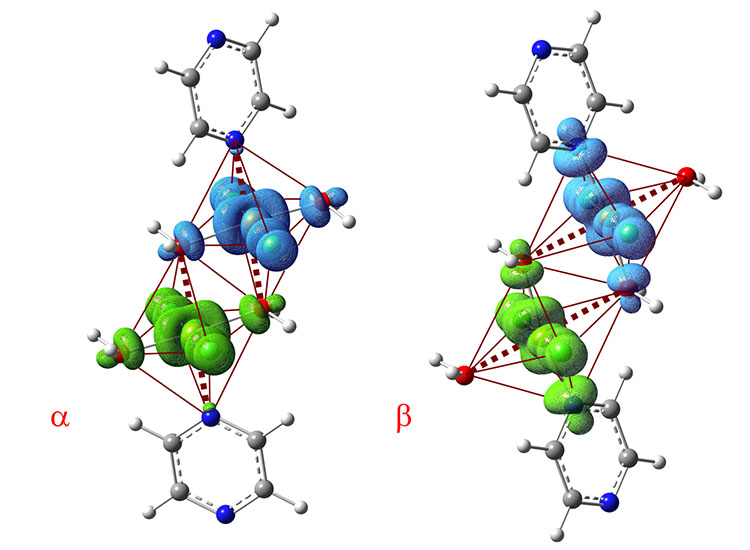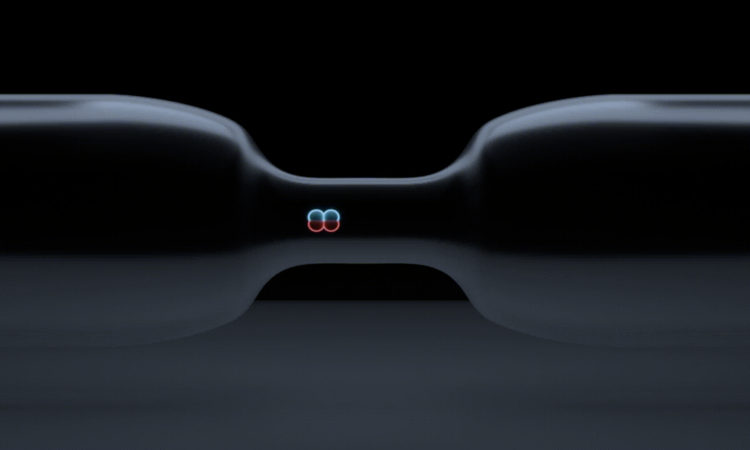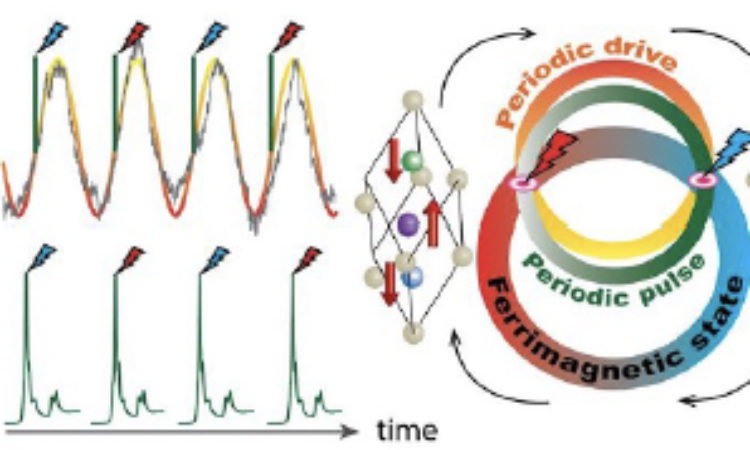Quantum Magnets under Pressure

By Björn Wehinger, UNIGE and PSI
Based on article published in Physical Review Letters
Quantum magnets have evolved over the past decade into systems of large interest in fundamental and, increasingly, in applied physics. Their exceptional properties, including non-magnetic ground states, fractionalised excitations and topological order, have become candidate resources for quantum information and computing. Application in spintronic devices are possible if spin interactions can be controlled. It has long been known that pressure effects, whether physical, chemical or realised by growing thin films on mismatched substrates, can be used to control magnetic interactions. Usually this pressure control takes the form of a fine-tuning over a percent-level range. In some metal-organic materials, however, the combination of a soft lattice and strong structural anisotropy can lead to changes at the 10% level over accessible pressure ranges.

Figure: Spin density distribution of [CuF2(H2O)2]2pyrazine at ambient pressure (α phase) and high pressure (β phase). Both the pseudo-Jahn-Teller axis (dashed red line) and the magnetic orbitals reorient at the phase transition.
Björn Wehinger from University of Geneva and Paul Scherrer Institute and co-workers have demonstrated continuous pressure effects at the 100% level. This giant pressure dependence of magnetic interaction was demonstrated on the metal-organic material [CuF2(H2O)2]2pyrazine in experiments at the US National High Magnetic Field Laboratory in Tallahassee together with detailed experimental and theoretical analysis at University of Geneva, University of Berne, the Paul Scherrer Institute and Université de Sherbrook (Canada).
At zero pressure, this material realises a quasi-two-dimensional spin-1/2 square-lattice Heisenberg antiferromagnet. By detailed susceptibility measurements over a wide range of high pressures and extreme applied fields, the team showed that the dominant exchange parameter is reduced continuously by a factor of 2 on compression. The giant pressure dependence is accompanied by a second qualitative change, in the form of a discontinuous dimensionality switching: a phase transition occurs above 18 kbar, inducing an orbital re-ordering that transforms the square lattice into a system of weakly coupled chains. The magnetic exchange can thus be switched from quasi-two to quasi-one dimensional. By combining detailed x-ray and neutron diffraction studies with quantitative modelling using spin-polarized density functional theory and Quantum Monte Carlo simulations, Björn Wehinger and co-workers explained the evolution of the magnetic orbitals and hence the microscopic mechanisms for both phenomena. This extraordinary pressure dependence of magnetic interactions is important in fundamental science for the study of quantum many body effects in low dimensional quantum magnets and is expected to have direct applications in the design of antiferromagnetic spintronic devices using piezoelectric heterostructures.



